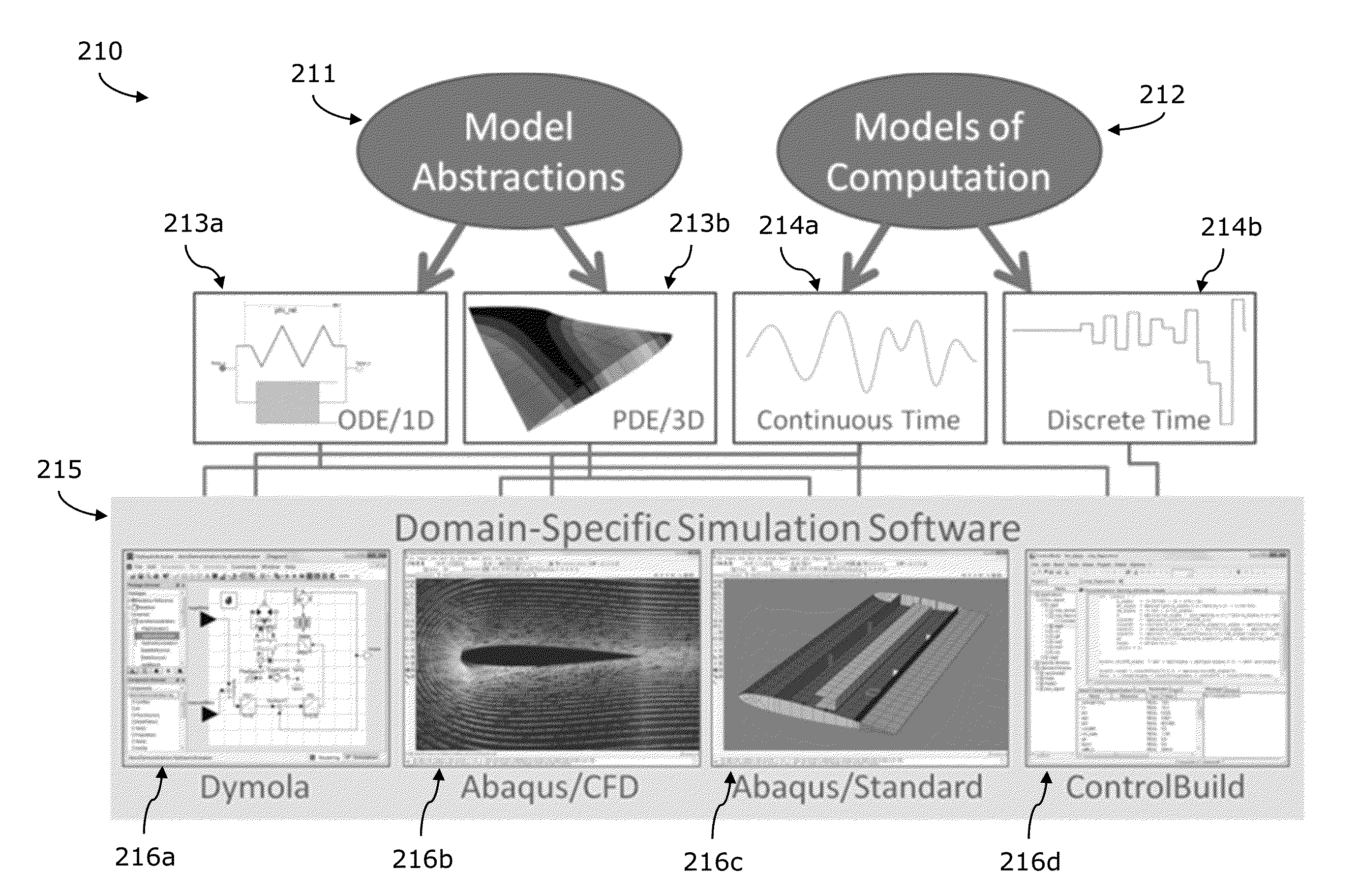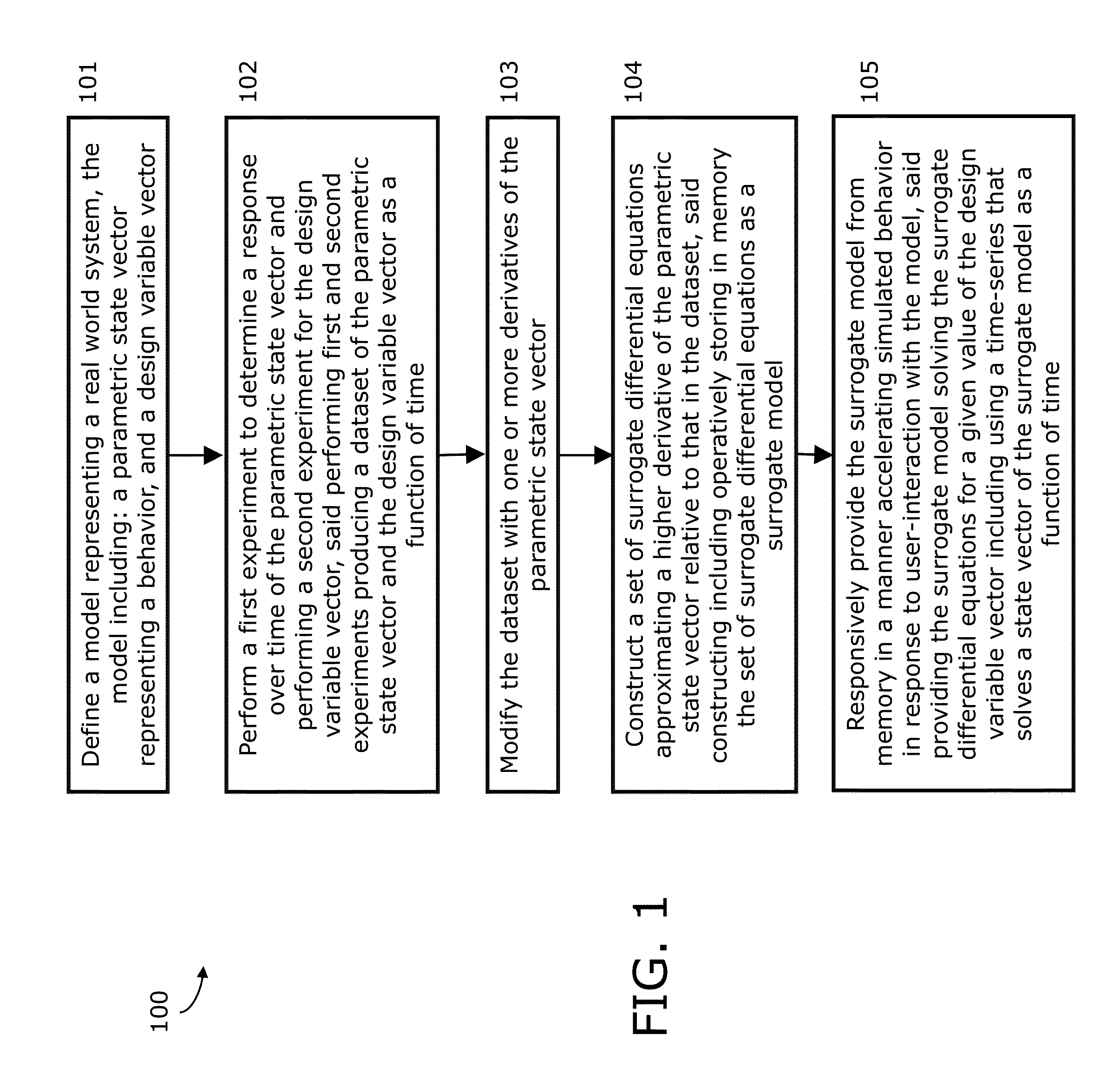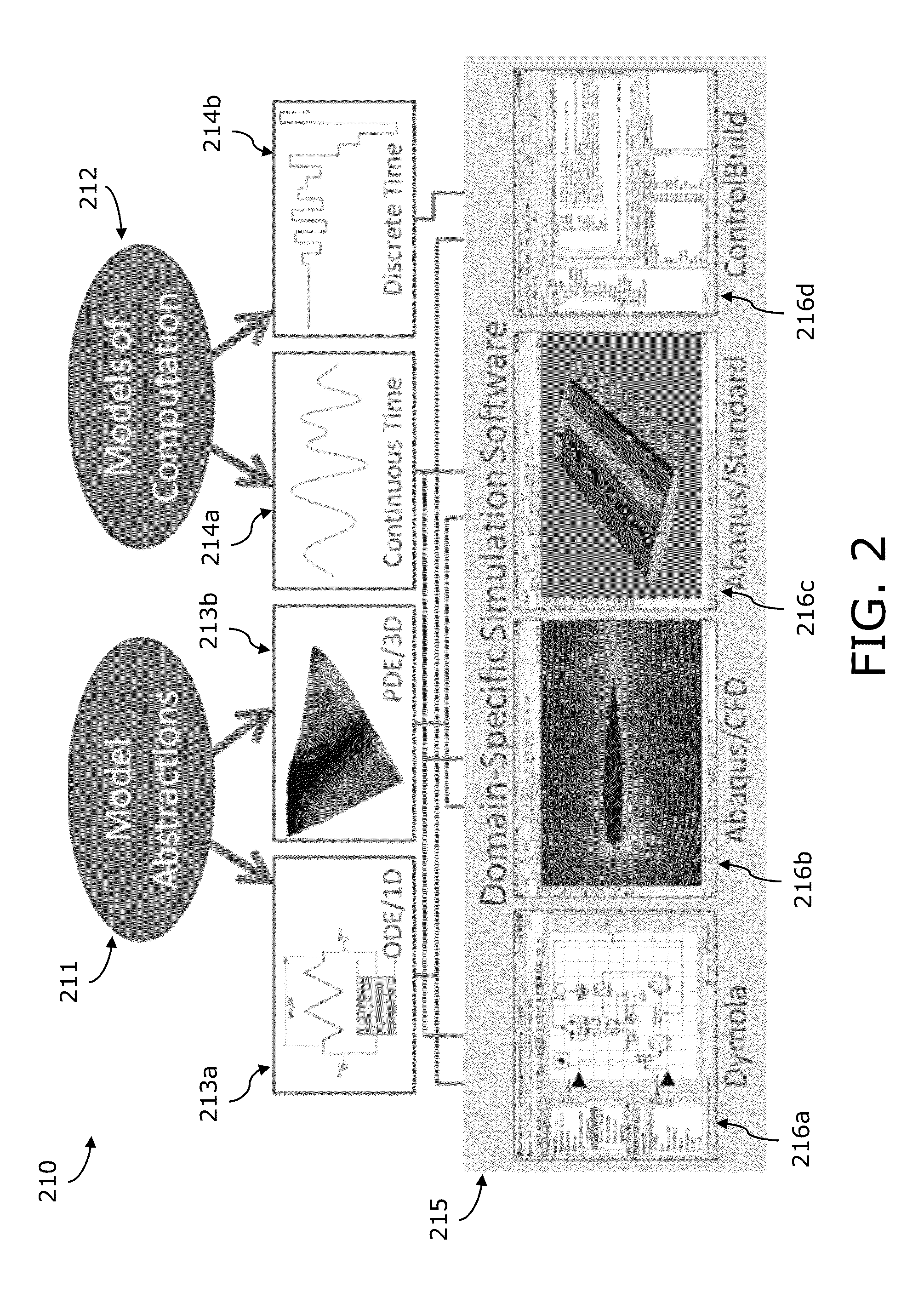Interactive 3D Experiences on the Basis of Data
a technology of data and experiences, applied in the field of computer programs and systems, can solve the problems of a small group of people, a large amount of time, and a lack of experience, and achieve the effect of accelerating the simulation behavior of the model, reducing variance and bias error
- Summary
- Abstract
- Description
- Claims
- Application Information
AI Technical Summary
Benefits of technology
Problems solved by technology
Method used
Image
Examples
Embodiment Construction
[0040]A description of example embodiments of the invention follows.
[0041]The teachings of all patents, published applications and references cited herein are incorporated by reference in their entirety.
[0042]Embodiments of the present invention overcome the aforementioned limitations of simulations / interactive three-dimensional experiences. One such embodiment of the invention is directed to a method to create a near real-time experience by accelerating realistic behavior simulation models using mathematical surrogates. These surrogate models are based on physical test data or high-fidelity simulation data. High-fidelity N-code (FEA, Computational Fluid Dynamics (CFD), or logical) co-simulations can take as much as an hour of CPU time for each real-time second of behavior prediction. Embodiments of the invention speed up this process by orders of magnitude so that it is fast enough to be used in real-time or near real-time applications. This makes it a practical technology for inte...
PUM
 Login to View More
Login to View More Abstract
Description
Claims
Application Information
 Login to View More
Login to View More - R&D
- Intellectual Property
- Life Sciences
- Materials
- Tech Scout
- Unparalleled Data Quality
- Higher Quality Content
- 60% Fewer Hallucinations
Browse by: Latest US Patents, China's latest patents, Technical Efficacy Thesaurus, Application Domain, Technology Topic, Popular Technical Reports.
© 2025 PatSnap. All rights reserved.Legal|Privacy policy|Modern Slavery Act Transparency Statement|Sitemap|About US| Contact US: help@patsnap.com



